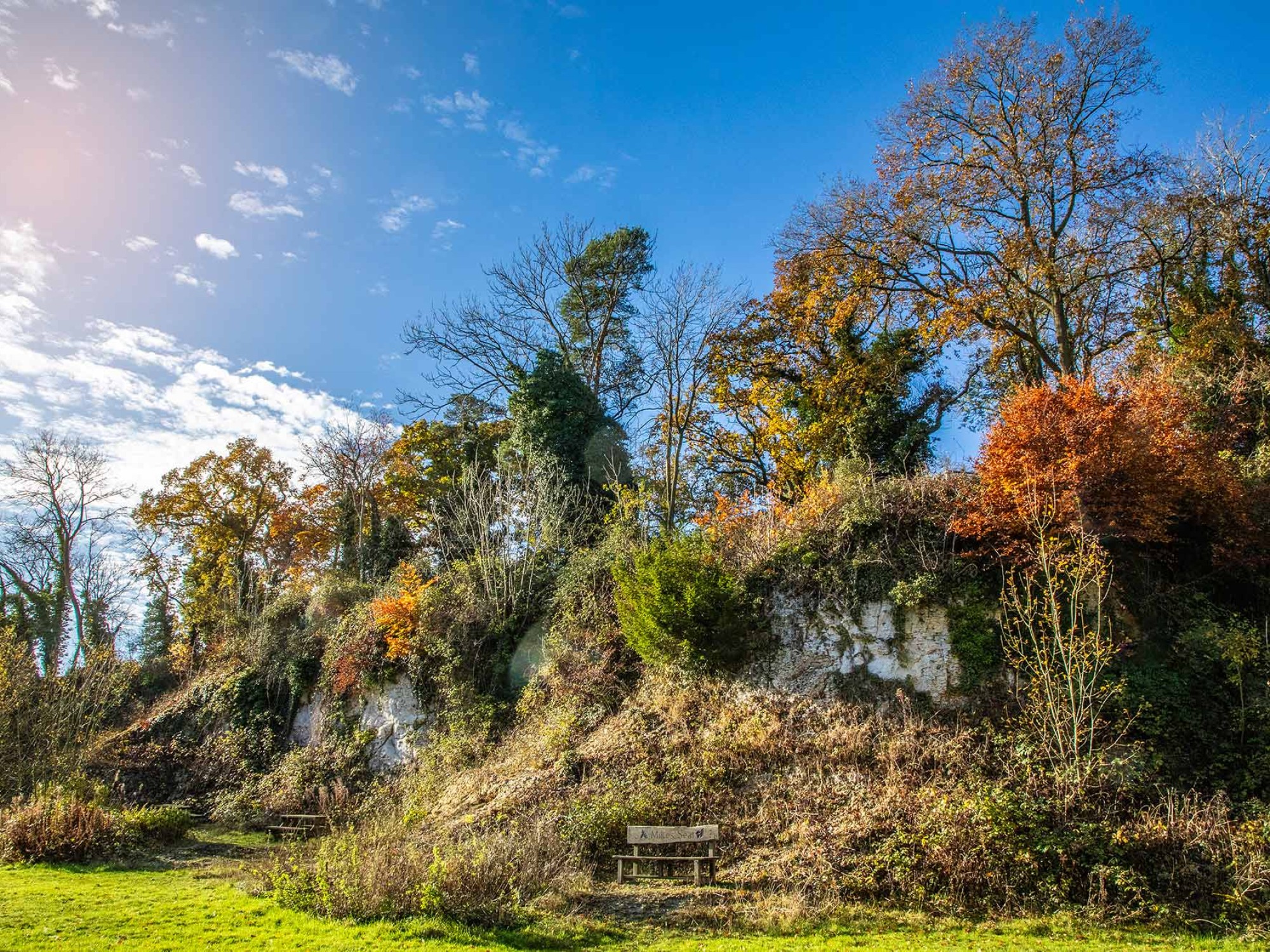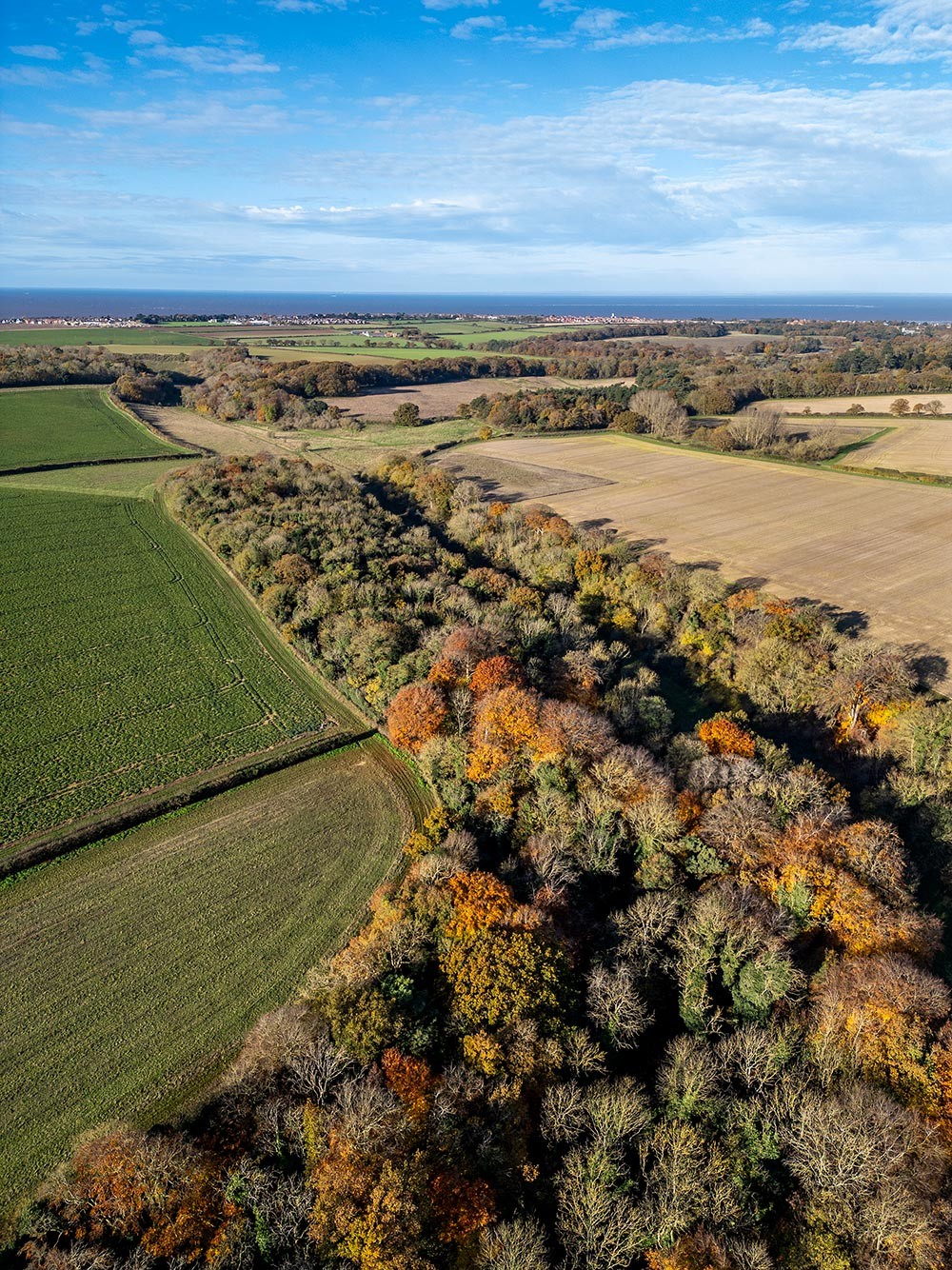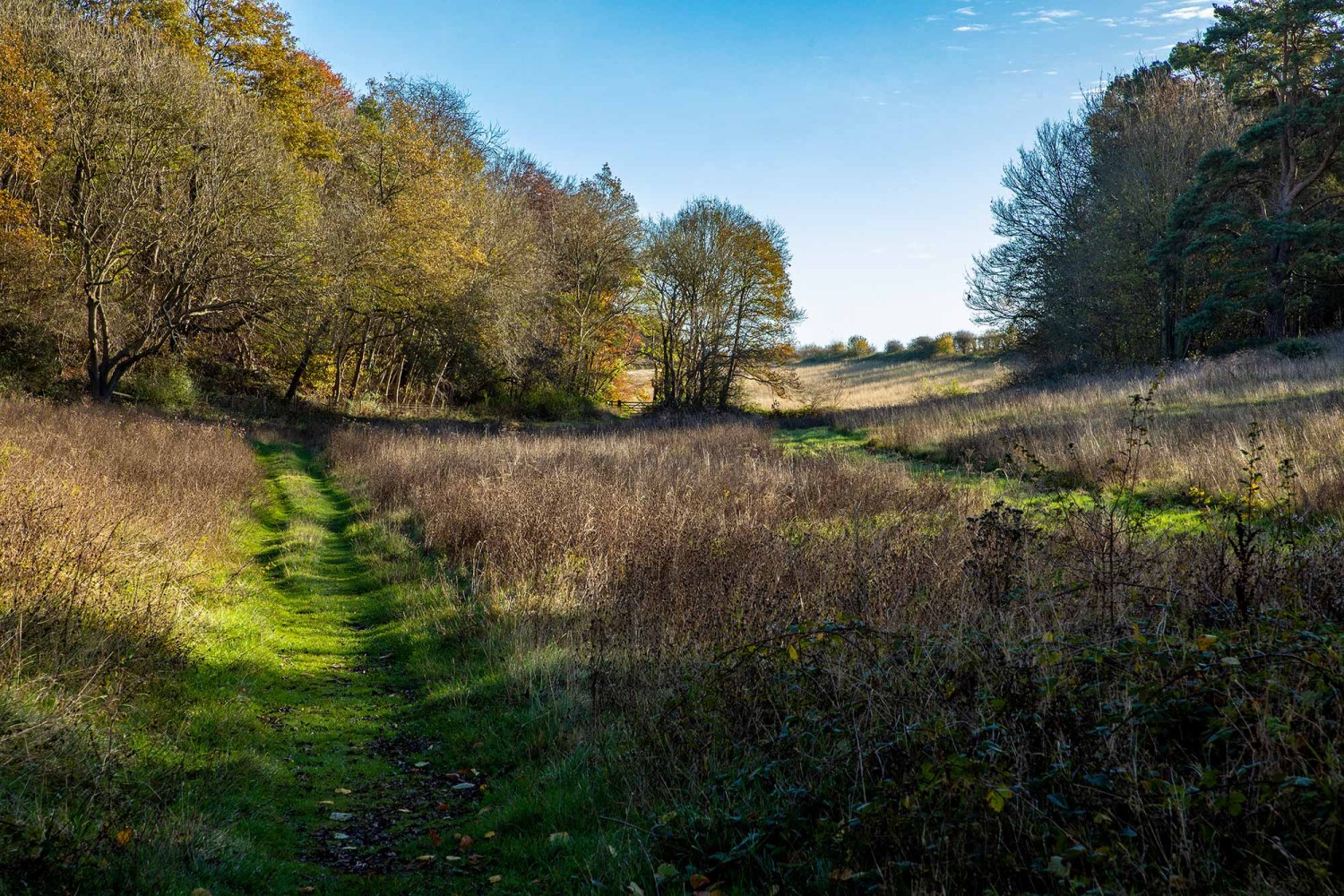
A reserve revived for all to enjoy
Located 2.5km from Hunstanton, the six-hectare Ringstead Downs reserve is renowned among locals for its scenic routes and stunning views throughout a valley that dates back to the last Ice Age
Situated in an Area of Outstanding Natural Beauty, the pretty village of Ringstead is a rambler’s paradise. Achieving bronze in the Anglia in Bloom competition on several occasions, it has all the charming characteristics of a traditional English village. Its name derives from the Old English hring, meaning circle, and stede: a place, and in the Domesday Book of 1086 it is referred to as Rincsteda.
Many of the village’s listed buildings are constructed from chalk blocks and carrstone, giving them a rustic appearance that exudes simplistic charisma. These materials were likely extracted from the red cliffs in Hunstanton as well as from a nearby chalk pit in Ringstead Downs, a secluded area of grassland that has flourished into a picturesque walking spot due to the dedicated efforts of the local community.
Although Ringstead Downs is smaller than other reserves in northwest Norfolk, it has been designated a Site of Special Scientific Interest. According to the Woodland Trust, such areas are crucial to scientific study due to the important geological or physiological features that may lie in their boundaries.
For Ringstead Downs, this applies to its grassland. Managed by the Norfolk Wildlife Trust, it is one of the largest areas of unimproved chalk grassland in the county. The site sits in a small valley formed over 18,000 years ago during the last Ice Age. Streams of meltwater running through and below a glacier eroded the land, and the steep-sided cliffs we see today are the lasting remnants of these ancient geological processes.
Evidence has been unearthed suggesting that the downs were used as a burial site during the early Bronze Age. Unlike other locations in Norfolk, where barrows and burial sites dating from this period have been wiped away by cultivation of the land, Ringstead Downs has never been ploughed or farmed due to its steep sides. This has given archaeologists and historians a chance to better understand the funeral practices that took place between 2500 BC and 2000 BC and offers a glimpse of what our countryside might have looked like centuries ago.
Although the land remained uncultivated, it still provided valuable resources for the community over the years. The abundance of chalk within the cliff faces surrounding Ringstead Downs led to the establishment of a chalk quarry, which offered employment opportunities and boosted the local economy until its eventual abandonment. Much of this porous rock forms the foundations of the village of Ringstead, and it was also used to maintain farm tracks and roads. For many decades, this abundant quarry exported chalk throughout North Norfolk until its operations ceased in the 1970s.
The site fell into disrepair following the quarry’s closure, with the simplistic beauty of the surrounding landscape lost as undergrowth claimed footpaths and obscured the bright chalk cliff faces. In 2011, the local village decided this treasure had been buried for long enough, so they set about raising funds to transform it into a picnic spot for families to enjoy.
The newly established Woodland Garden and Walks group recruited volunteers to reclaim the three-acre site, battling rapidly spreading blackthorn and tough undergrowth that had grown to eight feet in height. The pit had also been subjected to fly-tipping, but with a strong community behind them, the group cleared the area, allowing tree surgeons to remove dead or unstable trees so that the restoration could finally begin.

The newly established Woodland Garden and Walks group recruited volunteers to reclaim the three-acre site, battling rapidly spreading blackthorn and tough undergrowth that had grown to eight feet in height. The pit had also been subjected to fly-tipping, but with a strong community behind them, the group cleared the area, allowing tree surgeons to remove dead or unstable trees so that the restoration could finally begin.
Flowerbeds, fencing, signposts and picnic benches were installed to revitalise the forgotten pit. 14 years later, the area is now a popular destination for those visiting the downs. It’s easily accessible for families of all ages, offering atmospheric upper and lower walks around the chalk pit. The woodland area also encourages exploration, making for a fun-filled afternoon out.
As for the rest of the reserve, the absence of agricultural activity has made it a haven for diverse wildlife.
20 species of butterfly have been recorded flitting amongst its foliage, including the brown argus and marbled white. The area is also a twitcher’s paradise, with sightings of declining species such as yellowhammers, whitethroats and linnets.
This small yet vital reserve is worthy of attention, not only for its wonderful natural features formed over millennia but also for its delightful woodland.

